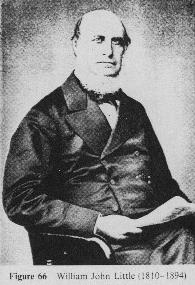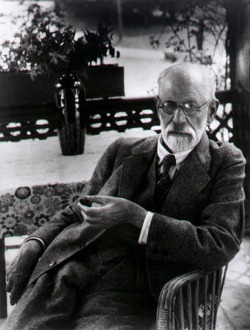HISTORY
The Founding of Cerebral Palsy
Even though history lacks written proof, there is no doubt that cerebral palsy has existed as long as women have been giving birth. But it was not until 1861 that an English surgeon, named Dr. William John Little, wrote the first medical description of a crippling disorder that made children’s muscles stiff, weak, and prone to twitch.
Dr. Little noted that these children also had trouble grasping, crawling, or walking. He termed their condition, “Little’s Disease.” The diagnosis is still sometimes used today for children who have spastic diplegia, a type of cerebral palsy.
Dr. Little observed that many of the children with muscle control problems were born following complicated deliveries. He suggested that their condition was caused by a lack of oxygen during labor; this in turn caused brain damage.
Dr. Little noted that these children also had trouble grasping, crawling, or walking. He termed their condition, “Little’s Disease.” The diagnosis is still sometimes used today for children who have spastic diplegia, a type of cerebral palsy.
Dr. Little observed that many of the children with muscle control problems were born following complicated deliveries. He suggested that their condition was caused by a lack of oxygen during labor; this in turn caused brain damage.
| history_part1.wma |
Cerebral Palsy Mythology
and the Influence of Sigmund Freud
As with all good science, disagreements eventually surfaced. In 1897, the notorious psychiatrist Sigmund Freud disputed Dr. Little’s conclusions. Freud stated that, because these children had other medical problems (e.g. mental retardation, visual impairment, seizures), the disorder could possibly begin before birth. Freud wrote, “Difficult birth, in certain cases, is merely a symptom of deeper effects that influence the development of the fetus.”
Despite Freud’s observations, the belief that complications at birth cause most cases of cerebral palsy was widespread among physicians, families, and even medical researchers, until very recently.
Despite Freud’s observations, the belief that complications at birth cause most cases of cerebral palsy was widespread among physicians, families, and even medical researchers, until very recently.
| history_part2.wma |
Source:
The History of Cerebral Palsy. (2009). Retrieved June 24, 2010, from 4MyChid: http://www.cerebralpalsy.org/what-is-cerebral-palsy/history/


